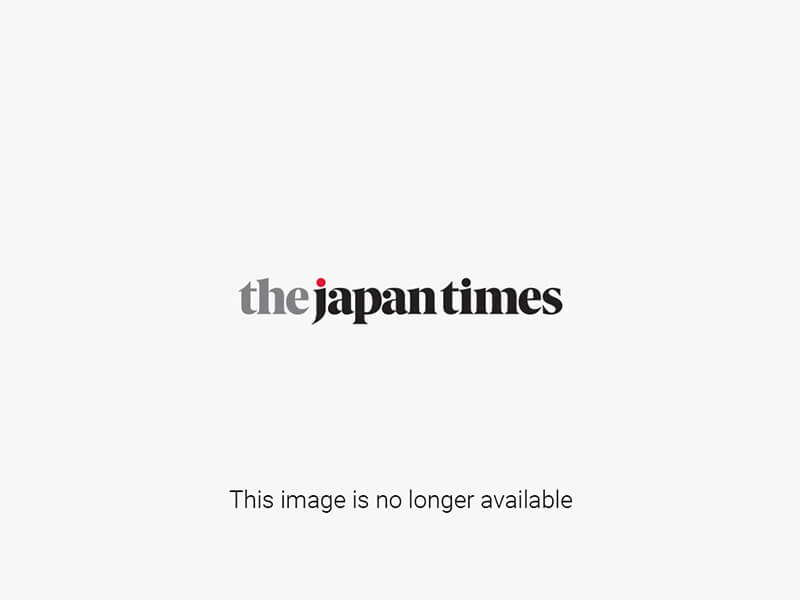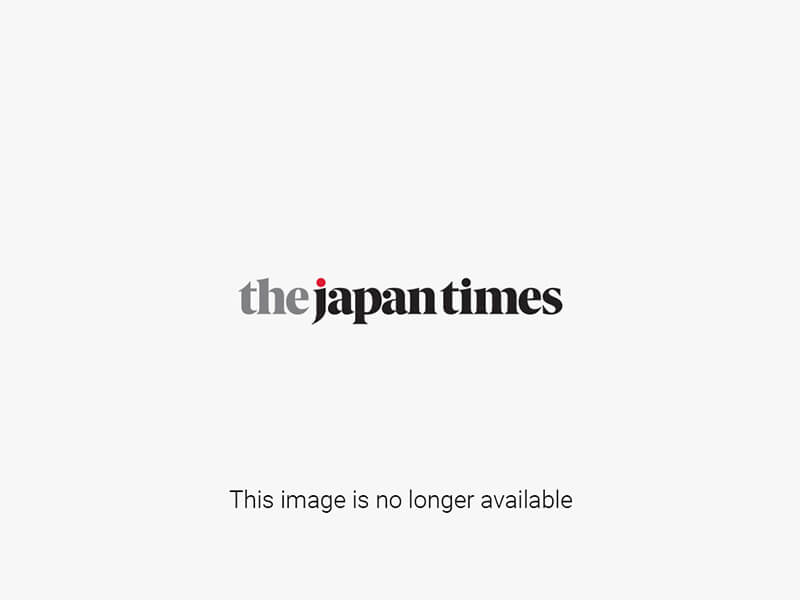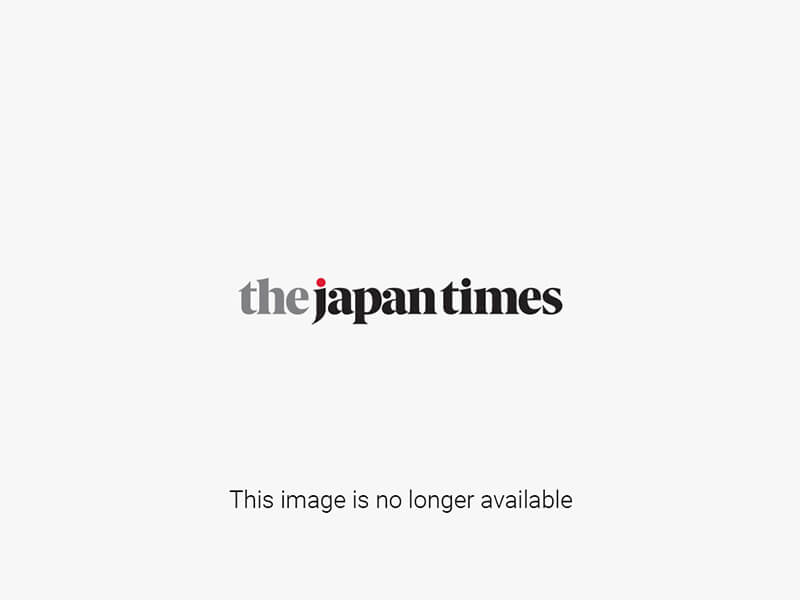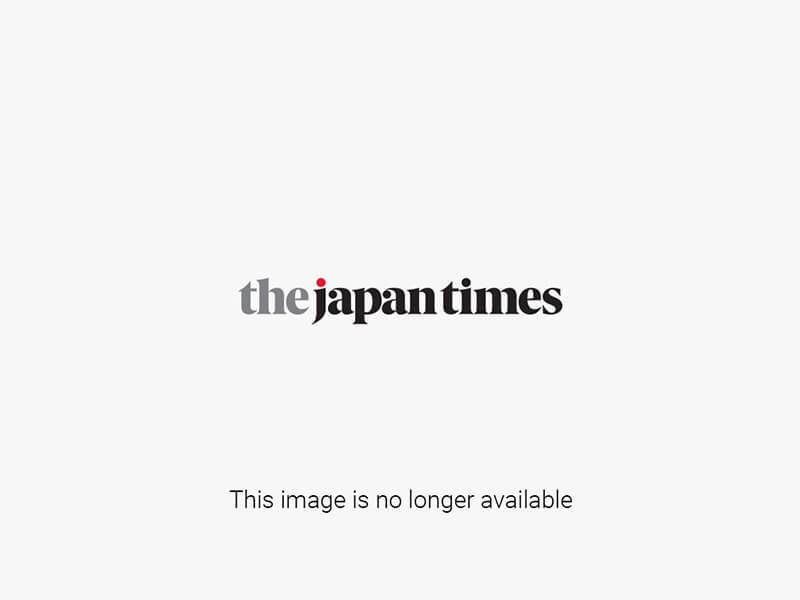The Earth is facing a crisis due to climate change that leads to extreme weather such as torrential rains, intensified typhoon damage and deadly heat waves occurring simultaneously around the world. Reducing emissions is one of the urgent actions that global society must take to address climate change.
The Tokyo Metropolitan Government (TMG) unveiled the Zero Emission Tokyo Strategy in December, 2019, with the aim of achieving zero emissions in Tokyo by 2050 as part of the measures to avert the climate change crisis. The zero emission efforts will also contribute to the achievement of the U.N.’s sustainable development goals (SDGs).
Tokyo Gov. Yuriko Koike said, “What we’re doing is not only having a sense of crisis, but taking action.”
That is why Tokyo set forth Tokyo’s 2030 Targets plus Actions to specify what exactly needs to be done in the next 10 years. Among dozens of projects that Tokyo will be carrying out within this framework, there are some unique projects within five different sectors.
In the energy sector, Tokyo is making progress in the expansion of the use of hydrogen energy and supporting the introduction of fuel cell vehicles and fuel cell buses. Hydrogen energy emits only water when it is used, and the technology to curb or eliminate emissions during the generation process is also being developed.
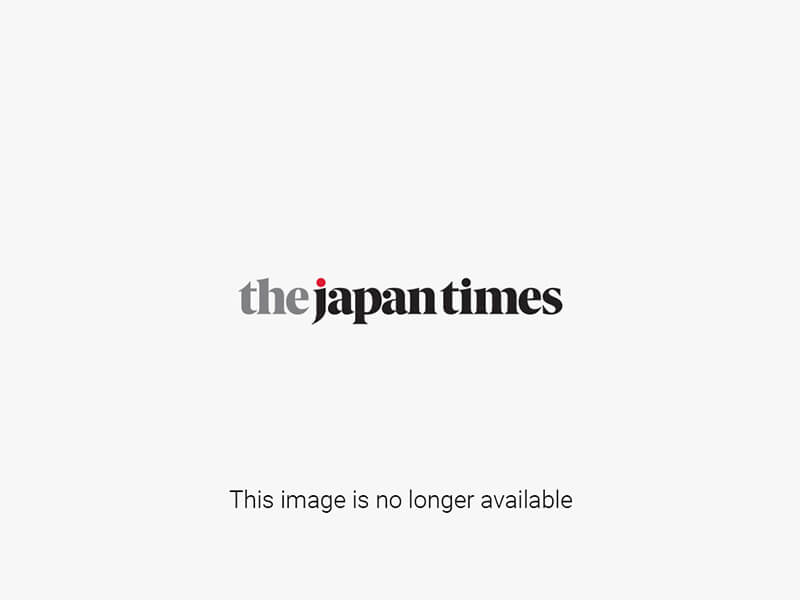
As of the end of August this year, 19 hydrogen stations are in operation. After the introduction of the first public bus to run on fuel cells in March 2017, the number of public fuel cell buses has increased to 70.
The urban infrastructure sector consists of two categories, namely buildings and transport. In the category of buildings, which, as well as houses, are responsible for more than 70% of Tokyo’s carbon dioxide emissions, Tokyo will make further efforts in expanding both zero emission facilities.
Such efforts include the Tokyo Cap & Trade Program that resulted in a 27% reduction from the base emission among the target facilities in fiscal 2018.
Furthermore, Tokyo raised the reduction target starting this year with more incentives for companies to switch to renewable energy-based electricity and low carbon electricity.
As for houses, Tokyo is subsidizing the cost of implementing energy saving materials and equipment such as high-performance insulation and windows, as well as electrical appliances designed to save energy. This year, Tokyo allocated a budget of ¥9.56 billion for the subsidy.
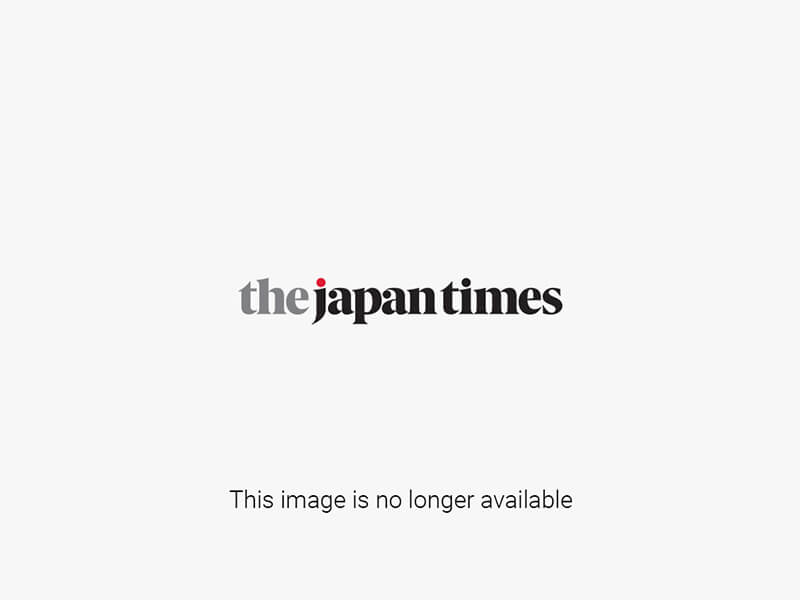
A shift from conventional electricity to its renewable counterpart is also being encouraged. The TMG carried out a campaign last year to promote group purchases of renewable energy electricity. It was designed in such a way that the more households participate, the lower the electric rate will be. Out of approximately 4,300 households that signed up to receive quotations for the new electric rate, about 940 switched to the renewable energy electricity. This year, Tokyo is expanding the campaign to neighboring local governments.
Of course, facilities owned by the TMG are not an exception. One of the two Tokyo Metropolitan Main Buildings has already achieved the target of running 100% on renewable energy since August 2019. In addition, Tokyo aims to gradually expand the achievement to other facilities owned by the TMG.
As for the transportation sector, Tokyo set ambitious targets of increasing the percentage of zero emission vehicles in the total sales of new vehicles from 1.6% as of 2018 to 50% by 2030, the number of fast chargers and hydrogen stations from 2018’s approximately 300 and 14 to 1,000 and 150 by 2030, respectively.
The TMG is also committed to solving the issue of plastics in the resource and industrial sector, including emissions produced throughout the plastics supply chain and plastic waste. For a comprehensive resolution of this issue, social systems also need to change.
One of the ways that Tokyo is doing this is through its New Business Model for Sustainable Use of Plastics initiative under which the metropolitan government supports companies and organizations that are creating innovative business models that can even change conventional social systems.
Kao Corp., a major consumer product manufacturer in Japan, and Terracycle, a U.S.-based social enterprise providing various recycling platforms, are the two companies selected this year by the TMG to create and execute new business models under this initiative.
Kao’s plastic recycling
The project involving Kao and four other companies and organizations in the plastic packaging value chain aims to establish a resource circulation system of plastic packaging for toiletry products in Koto Ward. The cycle starts from using bottles made of recycled plastic and mono-material refill film packaging for hygiene products such as hand soap that are delivered to facilities owned by the TMG. The packages are collected after use to be recycled and made into bottles again.
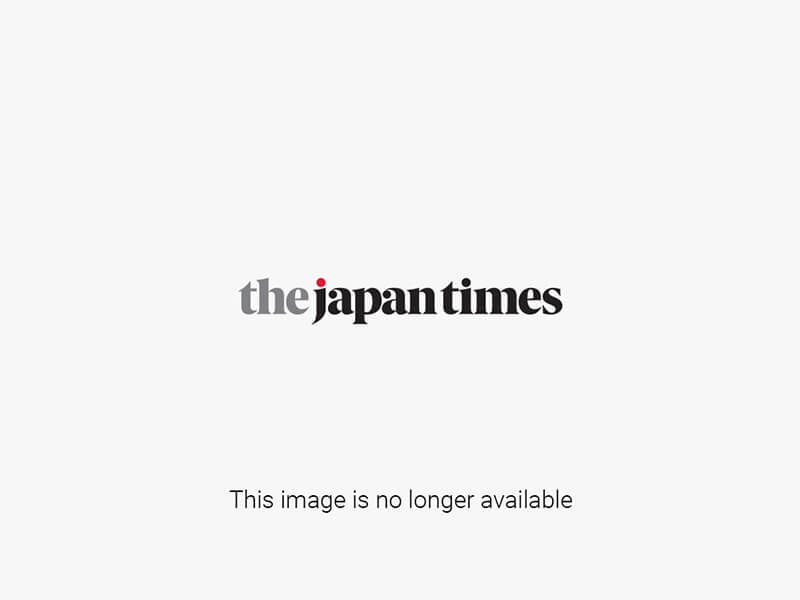
Material Science Research Laboratory Senior Director and Recycling Science Research Center Director Hiromi Nambu explained that recycling refill film packaging into refill film packaging again is a challenge because films have to be much thinner than bottles while maintaining durability, and that most of the currently available film packages are made of multilayer composite materials that are not easily recycled. However, this type of advanced recycling is also in the scope of the next phase of this project that would be achievable with the involvement of a film manufacturer.
Nambu suggested that the participation of more companies and organizations with high aspirations and technological capabilities such as the ones that are the members of the Clean Ocean Material Alliance, a cross-industry platform established to address the marine plastic waste issue, will open up more possibilities and accelerate the expansion of this resource circulation to other areas. “It’s important that various companies from different industries collaborate as a team to solve social issues such as plastic waste,” Nambu said.
Through this project, Kao intends to cooperate with both private and public sectors to clarify the challenges that need to be addressed to widely implement the circulation system in society, and design a large-scale and centralized recycling system that is scientifically and economically viable and sustainable.
Nambu also noted that creating Japan’s successful model of film packaging is necessary in making environmental innovations the next driver of economic growth not only in Japan, but also in the world. “Japanese technology can make ‘plastic waste’ an obsolete phrase. We want to create a society where all plastic waste can become a sustainable resource,” Nambu said.
Terracycle’s reuse project
One of Terracycle’s zero-waste platforms is called Loop, which is currently available in the U.K., France and the U.S. It offers major consumer product brand’s items in reusable packages that can be delivered to homes, used, cleaned and filled again. Using this concept and method, Loop aims to reduce plastic food packaging waste starting from office buildings in the Otemachi and Roppongi areas in a project supported by the TMG.
The project consists of selling bentos in reusable containers, charging a small deposit in addition to the bento price, returning the deposit to customers in the form of a coupon that can be used for the next purchase upon the collection of the used containers. The containers are then washed and sanitized to be used again.
Eric Kawabata, Asia Pacific general manager of Loop Japan explained that the project involves core office tenants from the buildings whose workers will purchase the bentos, restaurants in the buildings that cook and fill them, a local logistics company, cleaning plant and building maintenance companies. “We are and want to be a driver for the circular economy by increasing the number of stakeholders. We look to partner with local companies to take part in the business,” he said.
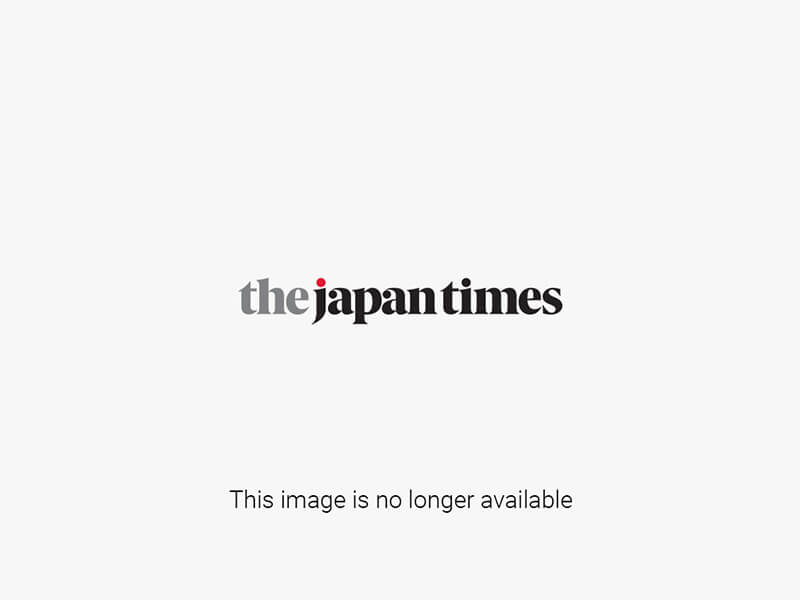
The same system will be applied to a supermarket in Tokyo to examine how people’s lifestyle will change not only in offices, but also at home.
Insights and feedback from various stakeholders will be used to expand the system to more areas. At the same time, the project will contribute to making a global standard for reuse through Consumers Beyond Disposability, a World Economic Forum (WEF) committee. Kawabata explained that Tokyo was appointed as one of the committee’s city members upon nomination by Terracycle, while Japan and the U.S. were accepted as two countries modeling the global washing standard for reuse. “Part of the data we will gather from this bento project with Tokyo will be shared with the WEF to help develop global standards,” he said.
Even while the metropolitan government, companies and households in Tokyo make these efforts toward the goal of zero emissions, natural disasters caused by climate change are occurring more frequently than ever in recent years. Tokyo is making sure that it takes necessary measures to adapt to climate changes and minimize impact from various aspects through publishing the Tokyo Climate Change Adaptation Policy.
Some of the efforts made in line with the policy are maintaining the existing 28 regulating reservoirs with seven more under construction (as of November 2019), replacing utility poles with underground power lines, and publishing disaster risk information for both Japanese and international residents of Tokyo.
Dealing with the coronavirus is also challenging. The pandemic has been causing major damage on economies and forced people to change their lifestyles. Dealing with the coronavirus, as well as the climate crisis, should not be on hold. What is essential is the sustainable recovery approach that aims to enhance crisis response capability and to promote sustainable city growth at the same time.
The TMG plans to continue upgrading its strategies and environmental policies from the perspective of sustainable recovery.



